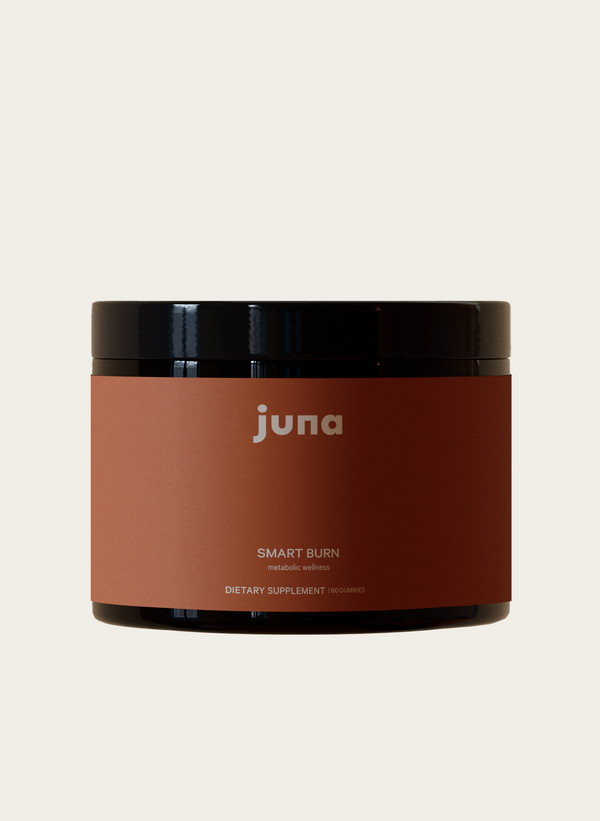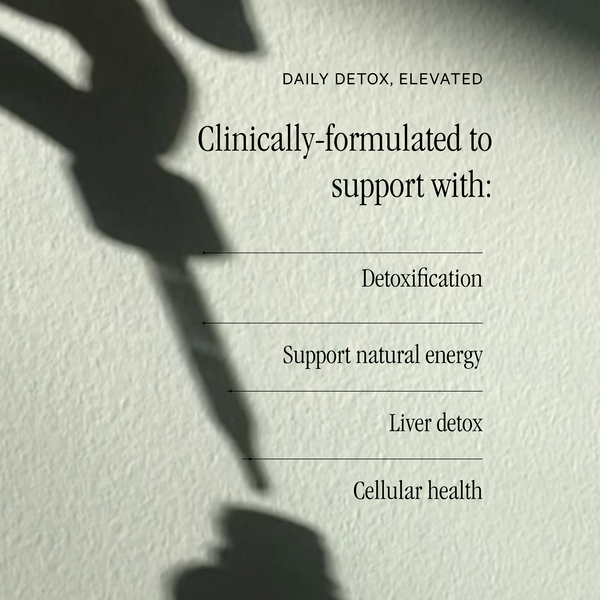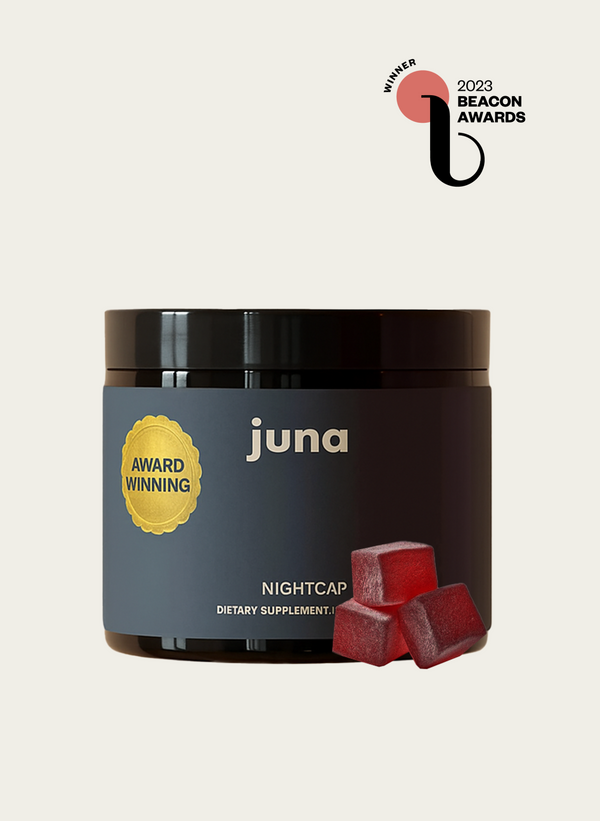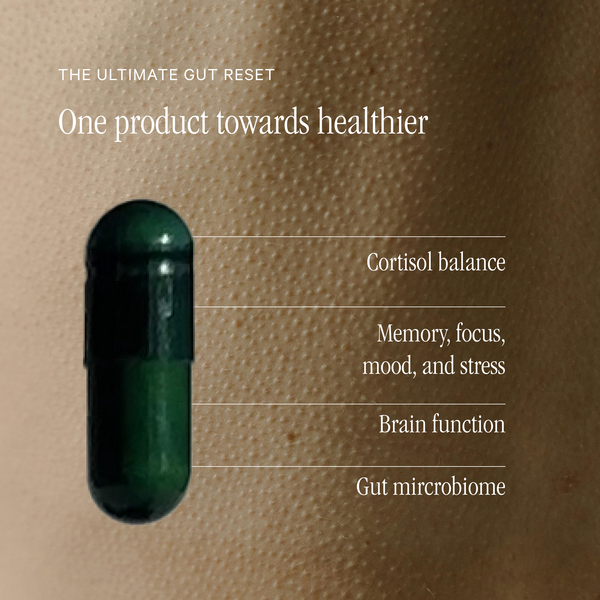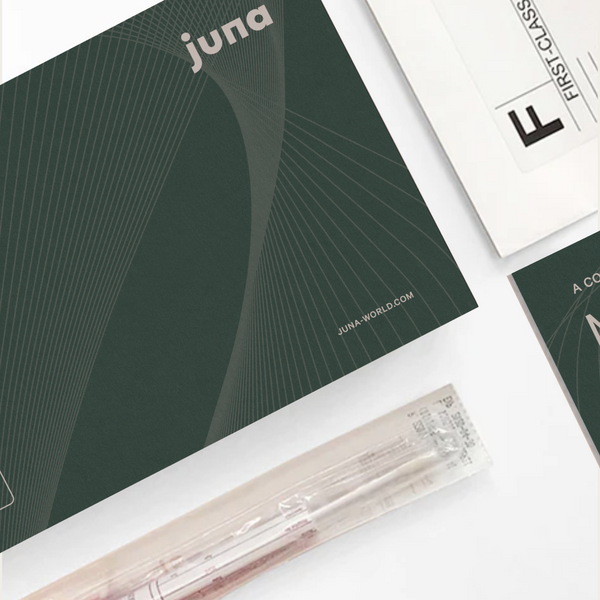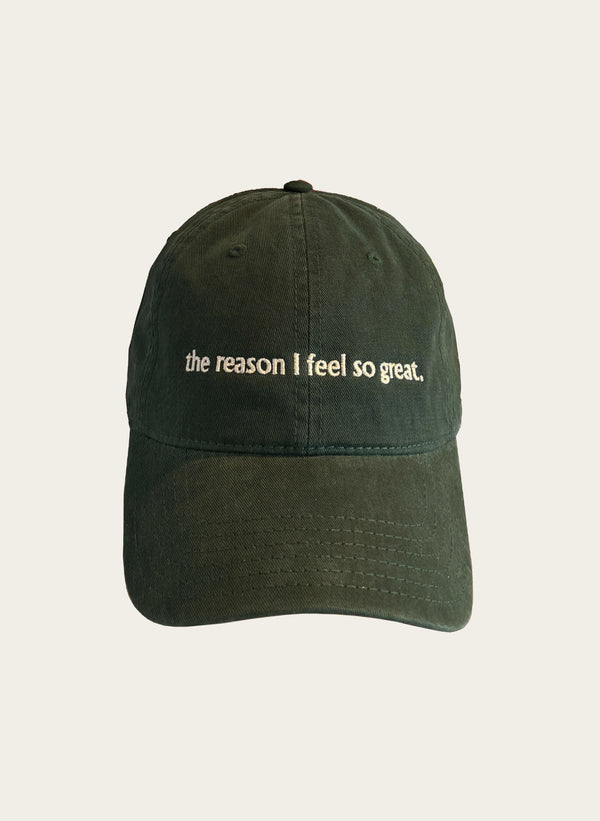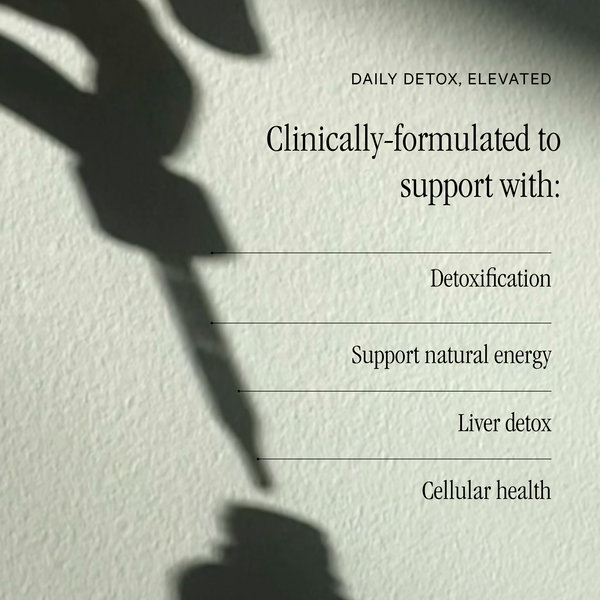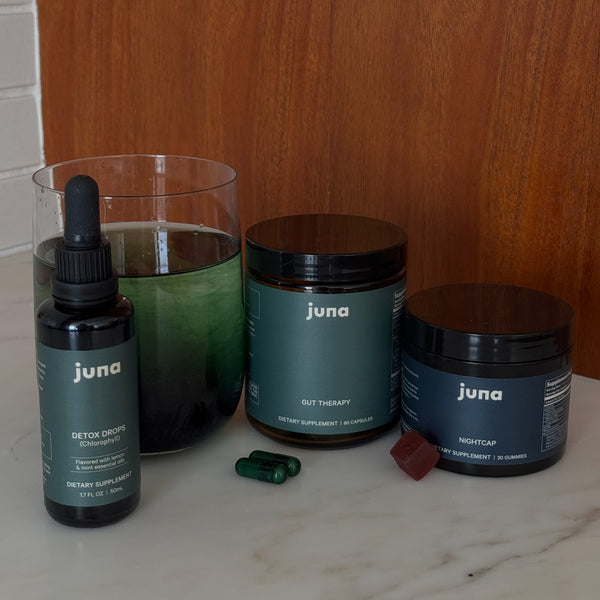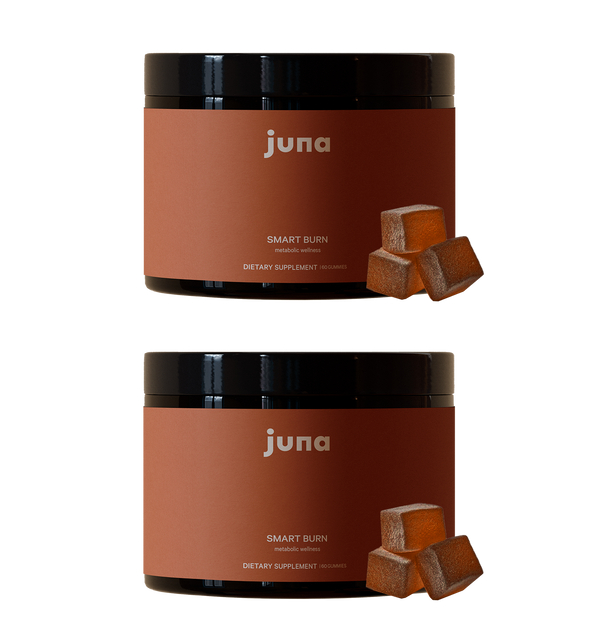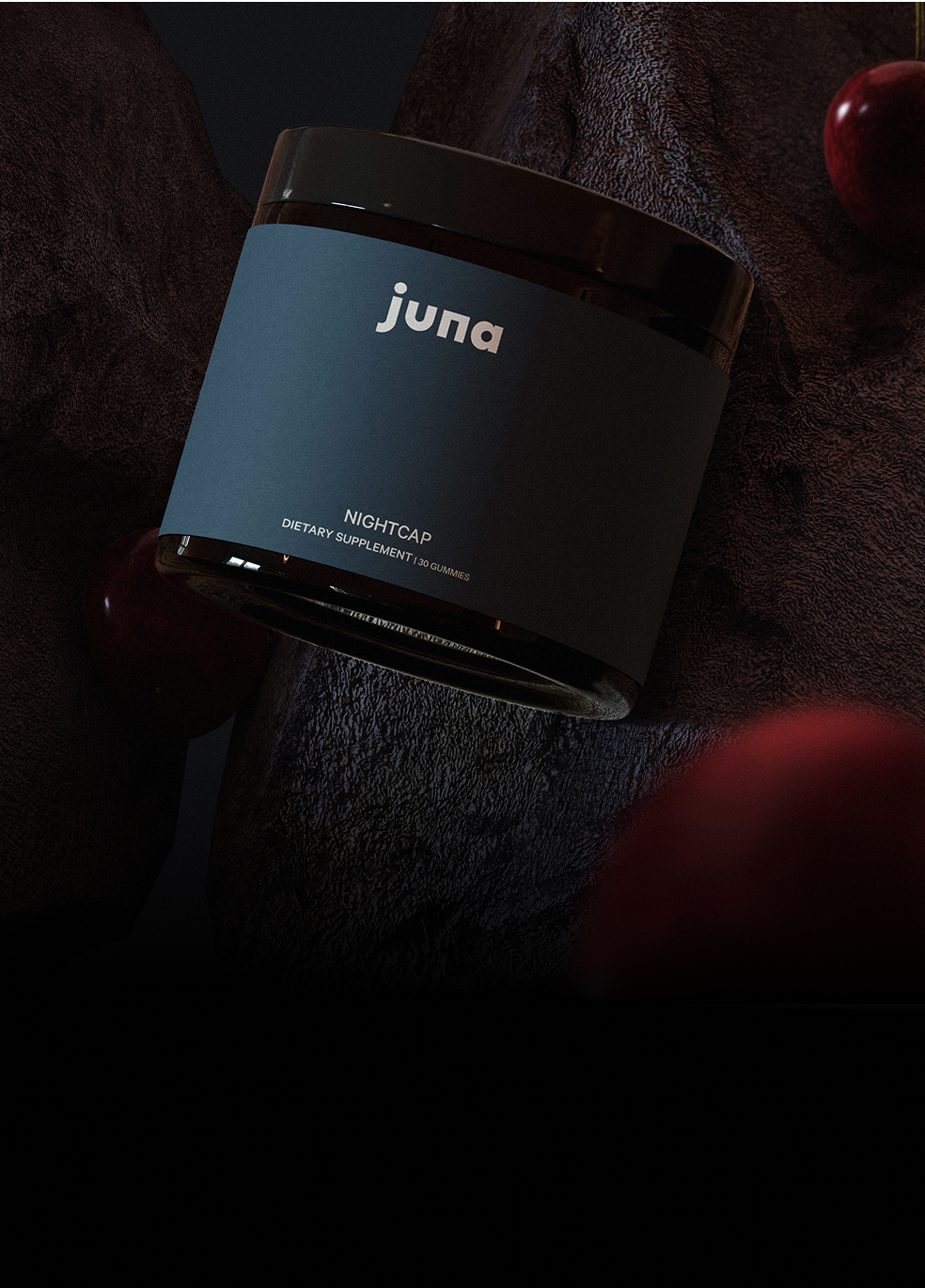
Shop All
Better Health Starts Within
Juna blends the intelligence of plants with the precision of science to optimize your wellbeing from the inside out. Unlike synthetic supplements or pharmaceuticals, Juna harnesses the natural power of plants—working with your body, not against it.


Nightcap Sleep Gummies Bundle - 2 pack, 60 day supply
Sleep, Restore, Refresh
$84.00
$79.00
Gluten Free
No GMO
Dairy Free
plant-powered
no added sugar
Gluten Free
No GMO
Dairy Free
plant-powered
no added sugar
Gluten Free
No GMO
Dairy Free
plant-powered
no added sugar
Gluten Free
No GMO
Dairy Free
plant-powered
no added sugar
Gluten Free
No GMO
Dairy Free
plant-powered
no added sugar
